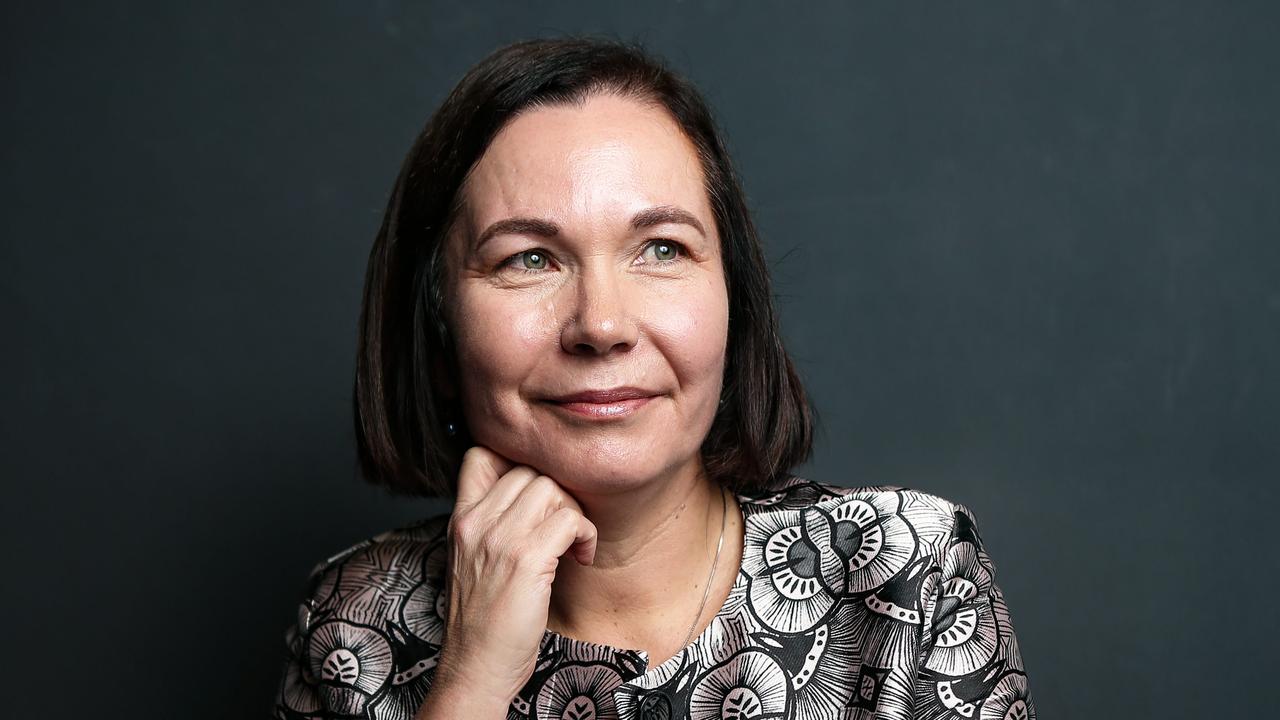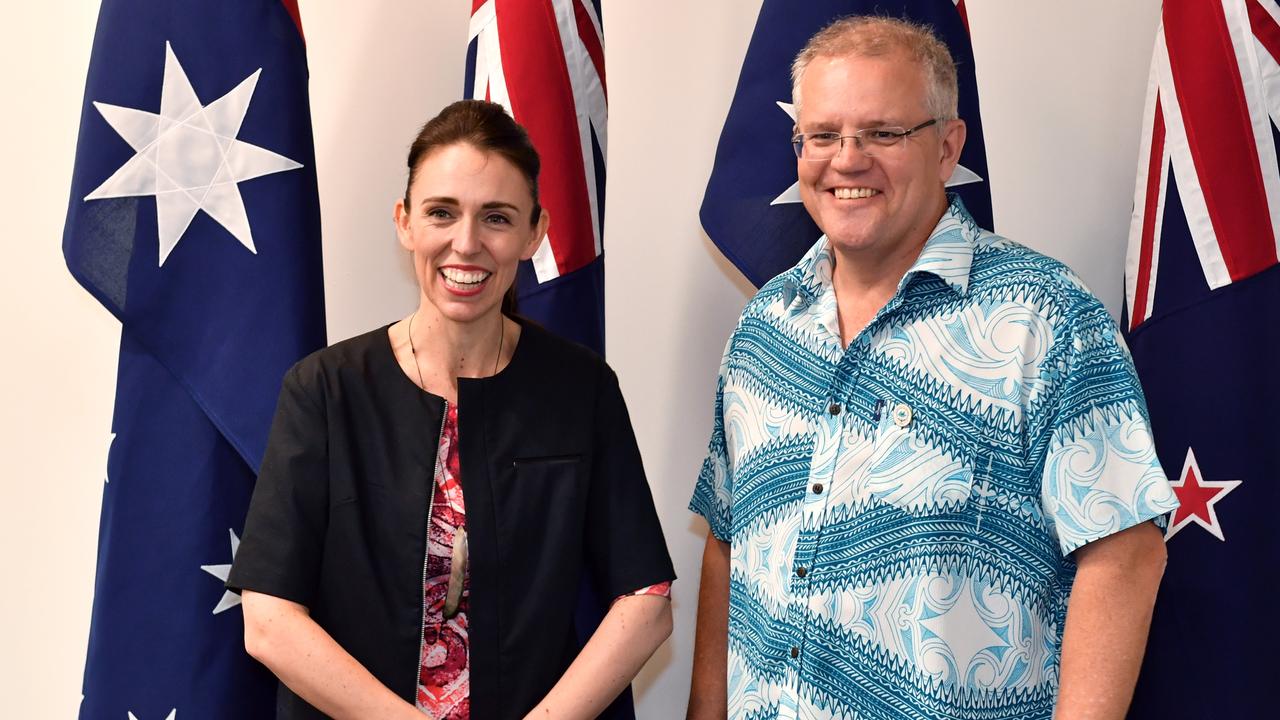Education opens doors for young Aborigines
ALMOST every prime minister in my lifetime has said after leaving office that one of their biggest regrets is they didn't do more to reduce indigenous disadvantage.
Past governments justified their failures with excuses: the mainstream didn't care, the media wasn't interested, there wasn't enough money or there wasn't a way to make a real difference.
But those excuses don't wash any more.
First, the Australian mainstream and business communities consider indigenous disadvantage to be one of the greatest challenges of our time. My own interaction with leading chief executives confirms this.
Second, the nation's most influential media outlets, and notably The Australian, advocate action with unrelenting intensity. The media is the reason so many people now see this issue as one of the great challenges of our time.
Third, no government today could even dare to suggest there isn't enough money. The fact is that historically they have simply wasted it on soft-headed approaches when hard-headed solutions are needed. They have thrown billion of dollars around to justify that they are "doing something", without achieving results.
The commonwealth spends $3.5 billion a year on indigenous programs with results that its own Finance Department describes as yielding "dismally poor" returns that are "disappointing at best and appalling at worst".
Finally, the popular excuse that there simply isn't a way to make a real difference is just plain wrong.
At the Australian Indigenous Education Foundation we've developed a strategy that works. It is simple, effective, low cost and scalable and has attracted strong support from the common sense of the mainstream, leaders in the business community and the media.
There is no disputing the fact that education is the essential, basic key in opening the door of opportunity. It has been the core ingredient in human progress, no matter what race, colour or creed. But the door has been closed for too long, for too many indigenous Australians, because of isolation, lack of facilities, community problems and economic disadvantage.
Why do we send our most disadvantaged children to schools that educator Chris Sarra describes as "third-world" when we all agree that education is the key? If we follow logic, these kids should be going to the best schools in the nation, not the worst.
So at AIEF we offer scholarships for indigenous students to enrol in the nation's leading boarding schools and we partner with the biggest and best companies in Australia to help transition those youngsters into tertiary study and meaningful careers. Almost 90 per cent succeed in retention and completion of Year 12, nearly double the national rate of 46 per cent.
What's more, AIEF's approach is "half-price" for the government, because we co-fund equally from the private sector. In 2009, when Julia Gillard was education minister, the government invested $20 million in our start-up scholarship program , and challenged us to match that by raising another $20m from the private sector in 20 years. We did so within three years, to create a $40m fund that can now educate nearly 300 kids a year for the next 20 years and achieve the highest rate of Year 12 completion of any federally funded program in the nation.
And it's not just money that demonstrates the private-sector skin in the game with AIEF. Engaged corporate partnerships are the touchstone of our success. We have established relationships with some of the most influential and connected companies and individuals in Australia.
Also, the buy-in from corporate Australia creates tangible networking, career and staff engagement opportunities that improve the prospects for our students after they leave school, and equips them with a network of corporate leaders, as well as matching them with personal mentors from the business world. It's not unusual for indigenous students on AIEF scholarships to be at boardroom lunches with senior executives from Australia's largest and most iconic companies.
The critics say AIEF's model is not "the panacea". But we don't pretend it is. I'm proud that AIEF actually does something to empower 2000 indigenous youngsters instead of doing nothing for 200,000. We shouldn't have to apologise for not simultaneously ending world poverty, eradicating human suffering and saving polar bears all at the same time.
The critics also say children shouldn't have to leave their homes to go to a good school and that local schools need to be improved. We agree with this and in 20 years, when governments have fixed the schooling system that has been failing indigenous children for the past 40 years, we will happily close our doors. But in the meantime, we don't think a youngster who is black and poor should be excluded from Australia's best schools because of the colour of their skin and the economic circumstances they inherited at birth.
Our problem is not that the kids don't want to go to boarding schools, it's that we can't cope with their demand and enthusiasm. For example, one school has received 30 applications for only three available scholarship places in 2013.
It strikes me as the height of hypocrisy that self-appointed leaders who decry paternalism and lack of self-determination have the audacity to tell black parents and families what schools their children do or don't "belong" in. Isn't that exactly the brand of paternalism those idealists abhor?
We're not pretending that AIEF scholarships are the answer for every indigenous kid. We just want to give them and their families the choice.
Now we've been challenged by our patron, William Deane, to raise another $100m. If the government contributes $50m we will match that from the private sector to grow our fund to $140m and educate nearly 1000 indigenous students a year for 20 years.
When it comes to addressing generational challenges, everyone talks about long-term, sustainable and inter-generational programs and strategies. AIEF is one of the rare organisations in the sector that has combined a long-term program with a long-term and sustainable business model, with long-term funding to ensure we can deliver long-term outcomes.
Importantly, AIEF's model is scalable and can be exponentially expanded quickly and with very little execution risk. We partner directly with leading boarding schools who liaise directly with indigenous students, families and communities without any middlemen or bureaucrats in the process, so as we raise more funds and offer more places to more schools, they can enrol more indigenous students and grow their programs quickly and efficiently.
All we need is for governments to press the start button.
Andrew Penfold is a former finance lawyer and investment banker who left his career to establish the Australian Indigenous Education Foundation.


